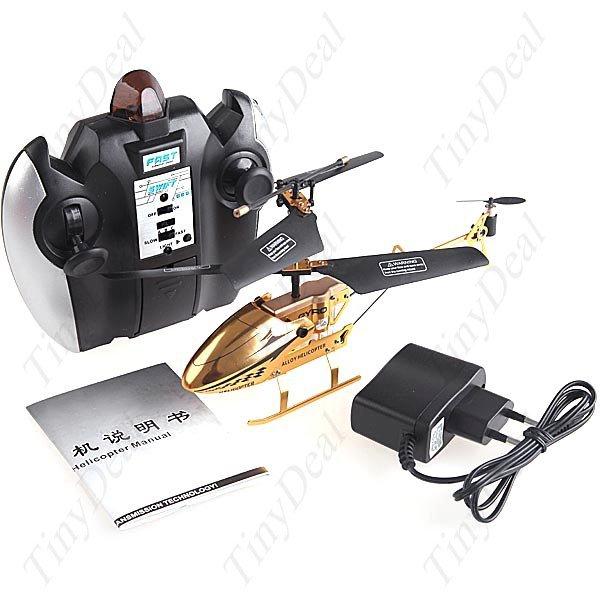RC Toy Transmitter
RC toys typically have a small handheld device that includes some type of controls and the radio transmitter. The transmitter sends a signal over a frequency to the receiver in the toy. The transmitter has a power source, usually a 9-volt battery, that provides the power for the controls and transmission of the signal. The key difference between radio controlled and remote controlled toys is that remote controlled toys have a wire connecting the controller and the toy, while radio control is always wireless.
Most RC toys operate at either 27 MHz or 49 MHz. This pair of frequencies has been allocated by the FCC for basic consumer items, such as garage door openers, walkie-talkies and RC toys. Advanced RC models, such as the more sophisticated RC airplanes, use 72-MHz or 75-MHz frequencies.
The majority of RC toys are labeled with the frequency range they operate in. For example, the RC truck below has a label designating it as a 27-MHz model.
Most RC toy manufacturers make versions of each model for both frequency ranges (27 MHz and 49 MHz). That way, you can operate two of the same model simultaneously, for racing or playing together, without having to deal with interference between the two transmitters. Some manufacturers also provide more specific information about the exact portion of the frequency band that the toy operates in. A good example is Nikko of America, who offers the option to create racing sets of up to six toys with each model tuned to a different part of the 27-MHz frequency range.
Transmitters range from single-function simple controllers to full-function controllers with a wide range of options. An example of a single-function controller is one that makes the toy go forward when the trigger is pressed and backward when it is released. To stop the toy, you have to actually turn it off.
Most full-function controllers have six controls:
- Forward
- Reverse
- Forward and Left
- Forward and Right
- Reverse and Left
- Reverse and Right
In most full-function controllers, not pressing any buttons or turning any knobs causes the toy to stop and await further commands. Controllers for more advanced RC systems often use dual joysticks with several levels of response for precise control.
Radio Control
Let’s take a closer look at the RC truck we saw on the last page. We will assume that the exact frequency used is 27.9 MHz. Here’s the sequence of events that take place when you use the RC transmitter:
- You press a trigger to make the truck go forward.
- The trigger causes a pair of electrical contacts to touch, completing a circuit connected to a specific pin of an integrated circuit (IC).
- The completed circuit causes the transmitter to transmit a set sequence of electrical pulses (see How Radio Works for details). Each sequence contains a short group of synchronization pulses, followed by the pulse sequence. For our truck, the synchronization segment — which alerts the receiver to incoming information — is four pulses that are 2.1 milliseconds (thousandths of a second) long, with 700-microsecond (millionths of a second) intervals. The pulse segment, which tells the antenna what the new information is, uses 700-microsecond pulses with 700-microsecond intervals.
For more detail: How Radio Controlled Toys Work

